Amatungulu or Natal Plum as it is commonly known grows wild in Kwa-Zulu Natal. Also known as Carissa.

These shrubs can grow up to 7feet tall and as wide as 10 feet. Below is one growing in garden.
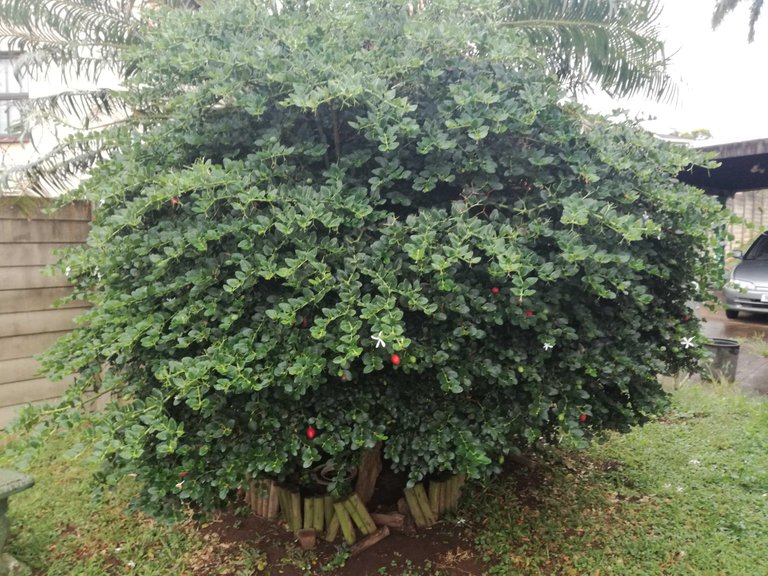
The Amatungulu plant itself exudes a milky sap when cut or broken, and only the fruit of this plant is edible, the rest of the plant and leaves are poisonous.
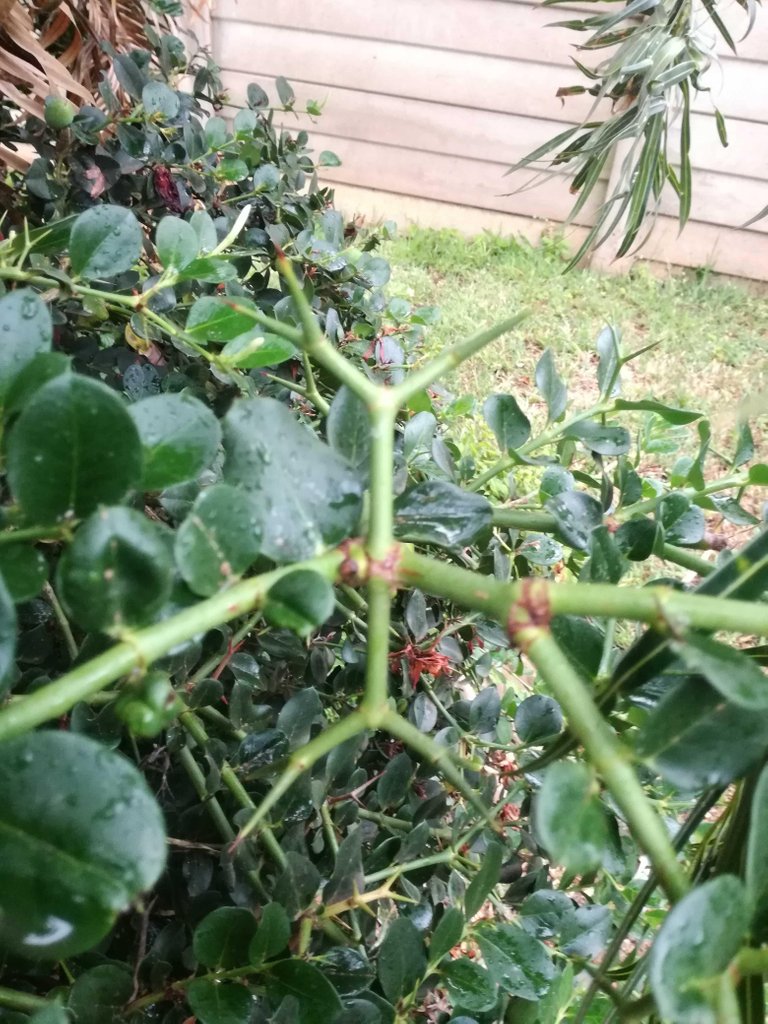
It has many branches and spiny twigs, that grow into forked thorny spines, it is this feature together with the fact that it can be pruned into a hedge that makes the plant a great boundary plant, adding extra security to your property, whilst providing fruit for jams, jellies, deserts or to be eaten raw.
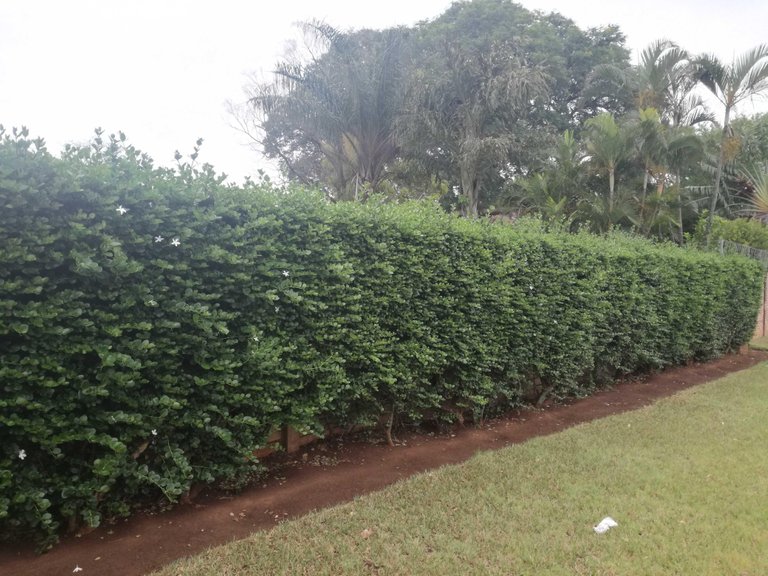
An example of Amatungulu shrub as a boundary hedge at one of our friends houses. The thorny shrub keeps criminals out whilst looking good, much better than barbed wire or electric fencing in my opinion.
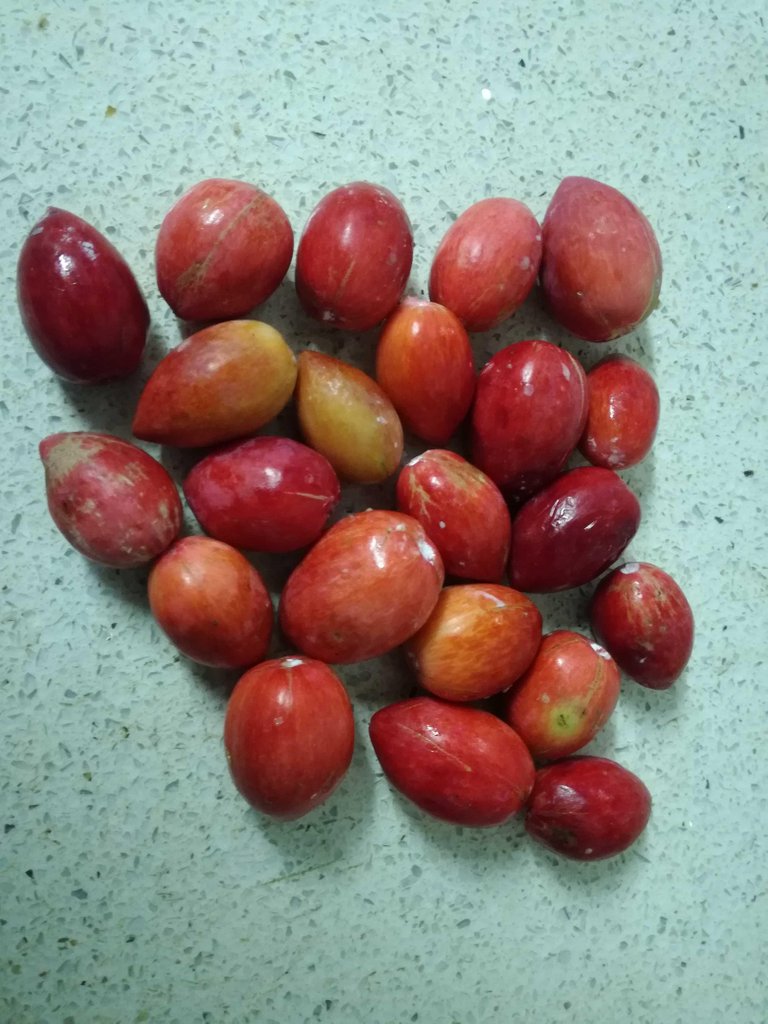
The fruits themselves even though referred to as a plum, does not taste like a plum, more like a sweet cranberry with a strawberry texture. The skin of the fruit has a bitter taste and the fruit has seeds which are also edible, the entire plant except for the red fruit is poisonous.
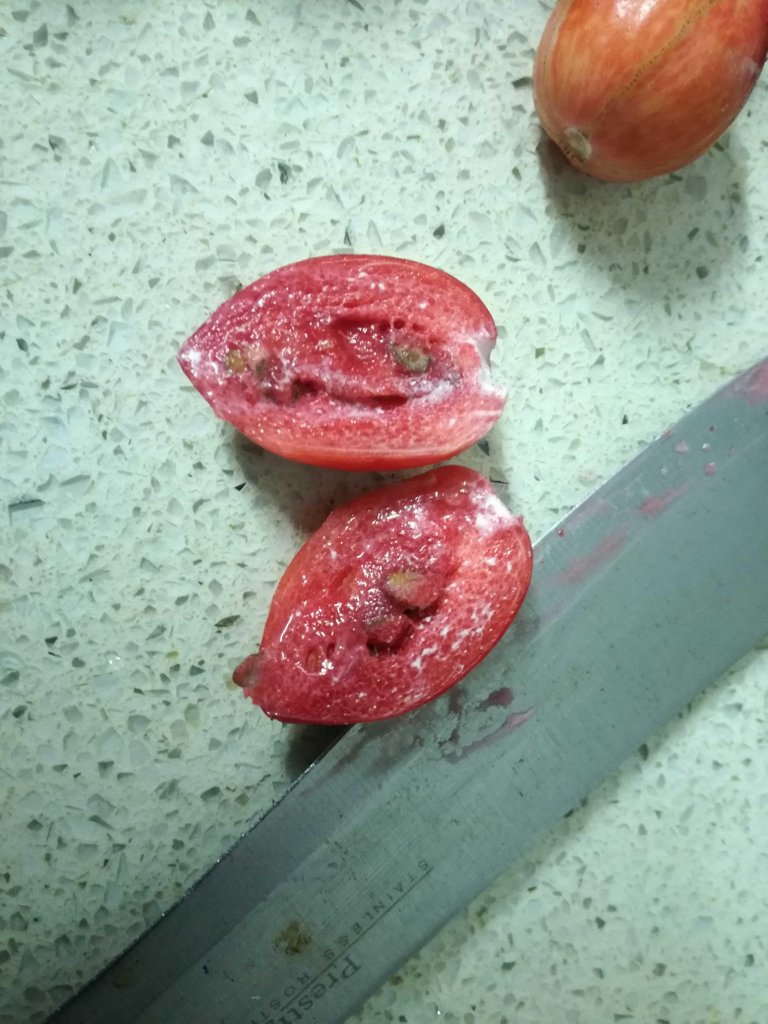
The fruit are rich in Vitamin A, B1, B2, C, contain low cholesterol no sodium and is Rich in calcium, protein, iron, magnesium, potassium, phosphorus, sodium, copper and is low in fat.
The crop is a valuable source for nutrition, but has also become a huge source of income for African farmers and has the potential to do well in a global market.